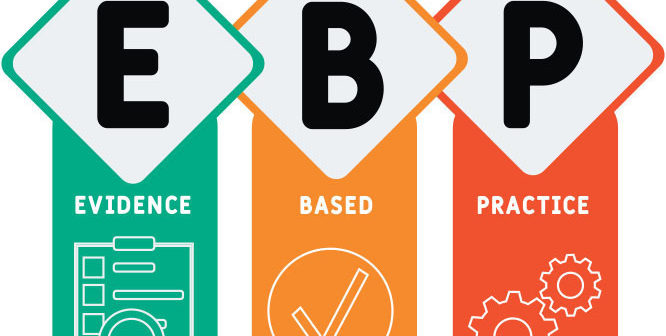Discussion- POC and Hypertension
Discussion- POC and Hypertension
The advanced practice nurse is updating the plan of care of nursing home patients with hypertension. Briefly describe the therapeutic actions of drugs affecting blood pressure (diuretics, ACE inhibitors, ARBs, CCB, sympathetic nervous system drugs).
What important teaching points should be addressed for patients receiving antihypertensive drugs?
Post should be at least 500 words, formatted and cited in current APA style with support from at least 2 academic sources.
(Discussion- POC and Hypertension)

Therapeutic Actions of Antihypertensive Drugs
Managing hypertension is crucial, particularly in nursing home patients, where medication management can significantly impact overall health outcomes. The main classes of antihypertensive medications include diuretics, angiotensin-converting enzyme (ACE) inhibitors, angiotensin receptor blockers (ARBs), calcium channel blockers (CCBs), and sympathetic nervous system drugs. Each class functions through different mechanisms to lower blood pressure effectively.
Diuretics
Diuretics, commonly referred to as “water pills,” help lower blood pressure by promoting the excretion of sodium and water from the body through urine. This reduction in fluid volume decreases blood pressure. Thiazide diuretics, such as hydrochlorothiazide, are often first-line agents for treating hypertension. They are effective in reducing both systolic and diastolic blood pressure and are especially beneficial for elderly patients (Whelton et al., 2018).
ACE Inhibitors
ACE inhibitors, such as lisinopril and enalapril, work by blocking the enzyme that converts angiotensin I to angiotensin II, a potent vasoconstrictor. By inhibiting this conversion, ACE inhibitors promote vasodilation, reducing peripheral vascular resistance and lowering blood pressure. Additionally, these medications have renal protective effects, making them particularly beneficial for patients with diabetes or chronic kidney disease (Mancia et al., 2018).
Angiotensin Receptor Blockers (ARBs)
ARBs, including losartan and valsartan, block the action of angiotensin II at its receptor sites. This blockade also leads to vasodilation and decreased blood pressure. ARBs are often used as alternatives for patients who experience cough or angioedema with ACE inhibitors. They provide similar renal protective effects, making them suitable for patients with comorbid conditions (Whelton et al., 2018).
Calcium Channel Blockers (CCBs)
CCBs, such as amlodipine and diltiazem, prevent calcium from entering heart and blood vessel cells. By doing so, these medications reduce heart contractility and promote vasodilation, leading to lower blood pressure. CCBs are especially effective for patients with angina or arrhythmias and can be used in combination with other antihypertensives (Mancia et al., 2018).
Sympathetic Nervous System Drugs
Drugs affecting the sympathetic nervous system, such as beta-blockers and alpha-2 agonists, also play a role in managing hypertension. Beta-blockers, such as metoprolol, decrease heart rate and contractility, reducing cardiac output. Alpha-2 agonists, like clonidine, reduce sympathetic outflow from the central nervous system, leading to vasodilation and lowered blood pressure. These agents may be useful in patients with concurrent conditions like heart failure or anxiety (Whelton et al., 2018).
Important Teaching Points for Patients
Effective patient education is essential for individuals receiving antihypertensive medications. Several key teaching points should be addressed:
- Medication Adherence: Patients should understand the importance of taking medications as prescribed. Skipping doses can lead to blood pressure fluctuations and increase the risk of complications.
- Potential Side Effects: Patients should be informed about common side effects associated with their medications. For example, diuretics may cause increased urination, while ACE inhibitors may lead to a persistent cough. Understanding these side effects can help patients manage them effectively and report any severe reactions to their healthcare provider.
- Lifestyle Modifications: Emphasizing the role of lifestyle changes in managing hypertension is vital. Patients should be encouraged to adopt a heart-healthy diet, engage in regular physical activity, limit sodium intake, and manage stress.
- Monitoring Blood Pressure: Patients should be taught how to monitor their blood pressure at home and maintain a log to share with their healthcare provider. This monitoring can help assess the effectiveness of treatment and make necessary adjustments.
- Regular Follow-up: Patients should be encouraged to attend regular follow-up appointments to monitor their blood pressure and assess their treatment regimen. This follow-up is essential for making timely adjustments based on individual responses to therapy.
- Recognition of Symptoms: Educating patients about recognizing symptoms of hypotension (such as dizziness, lightheadedness, or fainting) is crucial, especially for older adults who may be more susceptible to these effects.
Conclusion
The therapeutic actions of antihypertensive medications vary by class, each working through distinct mechanisms to lower blood pressure. Proper patient education on medication adherence, potential side effects, lifestyle modifications, blood pressure monitoring, and the importance of regular follow-up can enhance treatment outcomes in nursing home patients with hypertension. By equipping patients with knowledge, advanced practice nurses can significantly improve the management of hypertension and enhance patients’ quality of life.
(Discussion- POC and Hypertension)
References
Mancia, G., Fagard, R., Narkiewicz, K., et al. (2018). 2018 Guidelines for the management of arterial hypertension. European Heart Journal, 39(33), 3021-3104. https://doi.org/10.1093/eurheartj/ehy339
Whelton, P. K., Carey, R. M., Aronow, W. S., et al. (2018). Guideline for the management of high blood pressure in adults: 2017. Hypertension, 71(6), e13-e115. https://doi.org/10.1161/HYP.0000000000000065











